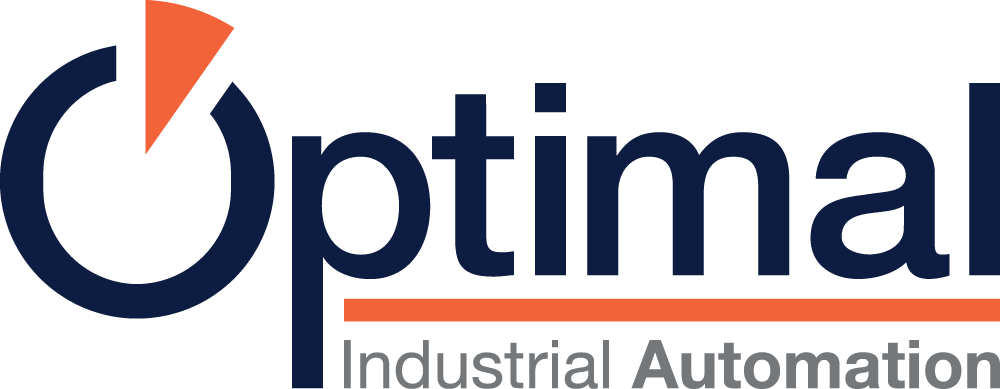Feb 1, 2024
Food processing companies that already have a complete automation system in place, which has been successfully running for years, may think that upgrading can be deferred, only to be replaced when absolutely essential. However, taking this lightly and foregoing detailed inspections ahead of projects can compromise the entire infrastructure, causing downtime, reduced efficiency, higher capital expenditure and increased maintenance costs. Partnering with an automation system integrator that surveys the infrastructure and understands the interplay between components is key to realising seamless, value-adding improvements that drive competitiveness.
Alan Messenger, Sales Director, and Matt Jones, Account Manager at Optimal Industrial Automation, look at the importance of undertaking comprehensive site surveys before the upgrade of industrial automation systems.
The digital transformation of manufacturing businesses is driving the much improved, data-centric automation of key processes and activities in most industrial sectors, including food & beverage production. However, the pre-existing, legacy motor drives, robotics and controls in their facilities may now be unsuitable and unmaintainable. These legacy setups, which may be 10-25 years old, are rarely able to offer the data-oriented capabilities of today’s solutions. Although they may still be operational, their continued use is actually limiting the otherwise possible advances in manufacturing efficiency and cost reduction, not to mention the potentially catastrophic impact of a sudden breakdown.
As well as being inherently less capable than modern automation systems, legacy systems may have undergone small changes over time, for example to replace faulty or obsolete components, modify the way they operate to reflect adjustments in the shop floor or fix other minor issues. However, if there has been support, company or personnel changes then the external or in-house specialists that set up the initial infrastructure or conducted these alterations may no longer be available, leaving the systems unsupported or without detailed documentation. Ultimately, despite the best intentions, it may be challenging for any manufacturer with ageing automated solutions to have an accurate, up-to-date and complete overview of its systems, parts and the functions performed, together with backup software.
A chance to revisit and analyse your automation setup
These legacy systems can nevertheless present companies with an opportunity to implement meaningful upgrades that can help futureproof or enhance the capabilities of the process while extending reliability and service life. As a first step, it is important to review existing documentation and identify omissions or discrepancies, reassess infrastructures and map out the entire architecture. This process will help establish a first-pass, fact-based list of priorities on what needs to be replaced or upgraded first and what can continue to run without change.
Perhaps most importantly, this action can help prevent or at least minimise any potential issues during maintenance activities. In fact, any failure within a legacy infrastructure that is not completely understood can have a catastrophic effect. There are no quick fixes to restoring full functionality on a production line if some of the systems cannot be brought back online. A methodical survey can simplify the recovery of the setup by supporting effective reverse engineering to shorten any downtime.
The installed software, including backups, and hardware should then be reviewed. Ideally, this will establish a detailed understanding of how they operate, helping to minimise the impact of any breakdown and simplify any system upgrade. Such studies should include checking the current usage level of hardware and software – for example, spare space on storage media and how much of any licence-limited software resource has been consumed. As such, system resources that become increasingly over-used or is not regularly ‘cleaned up’ can compromise system performance, resulting in a sudden stoppage or worse, unexpected and perhaps unseen data loss and corruptions.
Finally, when redundancy is paramount, it is vital to evaluate the time required to detect a failure and switch over from the main unit to its backup.
Case study: when downtime should be prevented at all costs
A survey on a legacy control system proved highly valuable when a UK-based importer and processor concluded that its existing infrastructure was no longer able to address its requirements, and that it needed to pinpoint any shortcomings prior to acting upon them.
The equipment, which had been in place for over 10 years, needed to ensure high reliability and minimum downtime to prevent delays in the importing or processing of goods, which would incur unacceptable delays downstream, affecting the entire value chain.
The company approached Optimal Industrial Automation to troubleshoot their control infrastructure. Optimal’s specialised team engaged with the client in an introductory discussion to gather an exhaustive understanding of the customer’s requirements and the expected outcome.
The system integrator’s industrial automation specialists then started to map out the system, identifying equipment types and models, together with the status of any piece of equipment. During this stage, the team’s biggest issue was overcoming the challenging geography of the site to access all components.
Following on from the site survey, Optimal created comprehensive documentation outlining the architecture as well as a detailed yet intuitive report to summarise its findings. More precisely, as the customer required the documentation to be free of technical jargon and easy to understand for its team, the automation system integrator included a ‘traffic light system’.
This provided the client with an overview of potential threats that could affect uptime as well as which elements required urgent attention because of their state, role or obsolescence. In addition, it offered advice to resolve these issues as well as a list of any other devices that should be scheduled for upgrade. Thanks to the results of the survey, the company was able to confidently target its investments while maximising the service life of any items in good condition, with a vendor still offering support.
Extremely happy with the collaboration and the resulting documentation, the client asked Optimal to implement key upgrades on the site, based on the review, as well as survey five more of its facilities.

Image 1: A survey on a legacy automation control system proved highly valuable for a UK-based importer and processor (Image source: iStock-1309560111)
